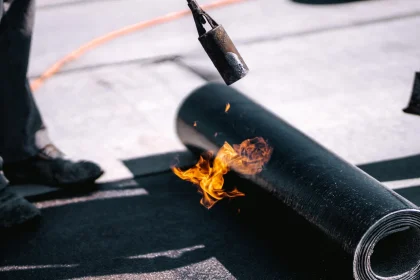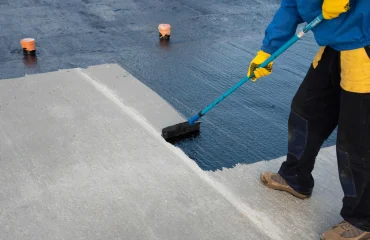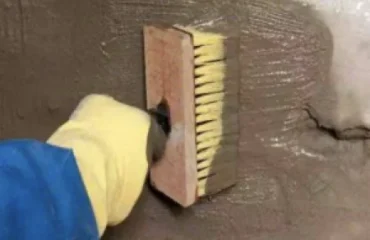
Type A waterproofing protection is defined as a barrier and is applied externally, bonded internally or sandwiched between two structural members. Type A barriers are usually applied in advance, ie before the concrete is placed. Type A barriers can also be bonded membranes, elastomeric resin (acrylic) or cement based waterproofing materials. A common material for Type A waterproofing is a waterproofing primer covering a layer of bentonite clay. This self-healing membrane will stop the trail of groundwater between the membrane and the structure. It will also adhere to the fresh concrete when applied before the concrete is placed. This means that there is a permanent mechanical bond between the membrane and the concrete, which is necessary where clay soil is a problem.
Type B waterproofing protection is provided by the waterproofing materials used in the design of the structure or the construction of the structure itself. Type B protection is achieved by building with Hydro Concrete, a hydrophobic pore blocker, concrete admixture. This will provide a water resistant concrete. It is important to remember that any joint or joint will always be the weakest points and therefore the points most susceptible to allowing water ingress.
Type C waterproofing protection is sometimes referred to as a water management system and is a form of protection that is always applied from the negative side, ie the interior of the structure. Typically, type C protection is achieved using a drainage membrane that creates a gap between the wall and the membrane, allowing any water inlet to find its way to a sump pump and transfer it to a drain. This system includes hydrochannel and sump pumps, which are specially used to move water from the basement to the drains, usually.

 Türkçe
Türkçe 
